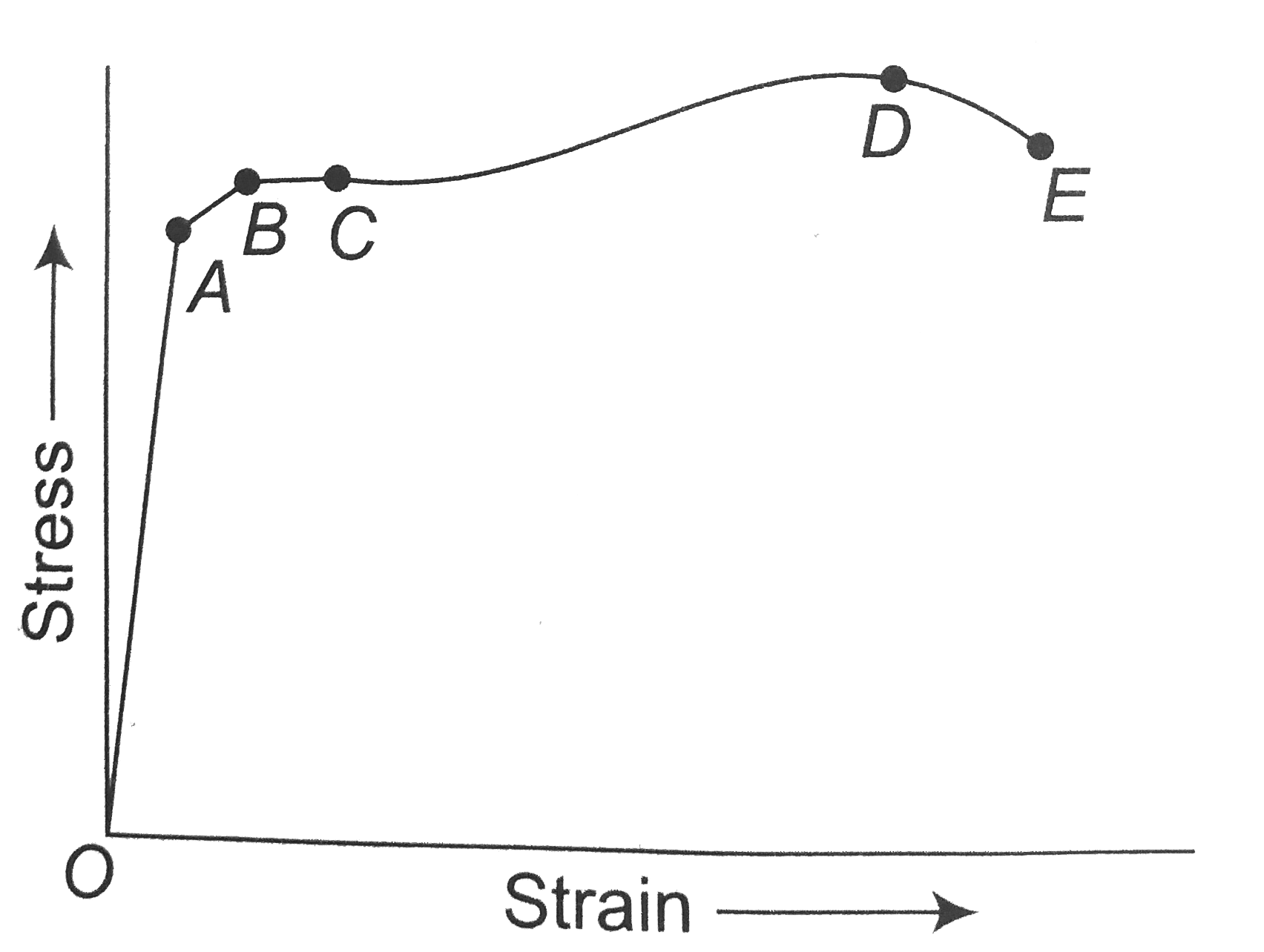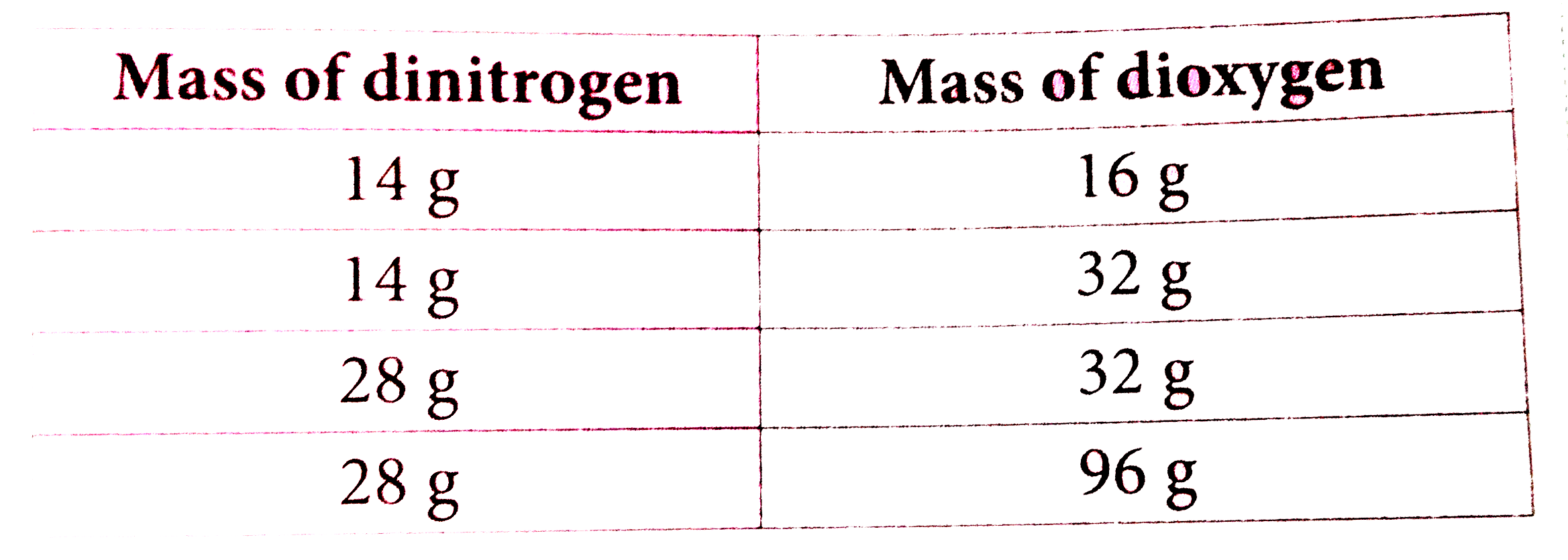Associative law is obeyed by
Addition of vectors
subtraction of vectors
both
none
The correct Answer is:A
Step-by-Step Solution:
1. Understanding Associative Law: The associative law states that when adding or multiplying three or more numbers (or vectors), the way in which the numbers are grouped does not change the result. In mathematical terms, for any three elements a,b,c:
- For addition: (a+b)+c=a+(b+c)
- For multiplication: (a×b)×c=a×(b×c)
2. Applying Associative Law to Vectors: In the context of vectors, the associative law can be applied to vector addition. If we have three vectors →A,→B,→C:
- According to the associative law for vectors:
(→A+→B)+→C=→A+(→B+→C)
- This means that regardless of how we group the vectors when adding them, the resultant vector will be the same.
3. Subtraction of Vectors: However, the associative law does not hold for vector subtraction. For example, if we consider:
- (→A−→B)−→C and →A−(→B−→C)
- These two expressions will not yield the same result, demonstrating that subtraction does not obey the associative law.
4. Conclusion: Therefore, the associative law is obeyed by vector addition but not by vector subtraction.
Final Answer: The associative law is obeyed by vector addition.
---
- For addition: (a+b)+c=a+(b+c)
- For multiplication: (a×b)×c=a×(b×c)
- According to the associative law for vectors:
(→A+→B)+→C=→A+(→B+→C)
- This means that regardless of how we group the vectors when adding them, the resultant vector will be the same.
- (→A−→B)−→C and →A−(→B−→C)
- These two expressions will not yield the same result, demonstrating that subtraction does not obey the associative law.
Similar Questions
Knowledge Check
In current electricity, Ohm.s law is obeyed by all :
AsolidsBmetalsCliquidsDgasesAssertion : Henry's law is not obeyed by ammonia.
Reason : It reacts with water to form ammonium hydroxide.AIf both Assertion and Reason are CORRECT and a Reason is the CORRECT explanations of the AssertionBIf both Assertion and Reason are CORRECT but Reason is not CORRECT explanation of the Assertion.CIf Assertion is CORRECT but Reason is INCORRECT.DIf Assertion is INCORRECT but Reason is CORRECT.
The stress strain graph for a metal wire is as shown in the figure. In the graph, the region in which Hooke's law is obeyed, the ultimate strength and fracture are represented byAOA, C, DBOB, D, ECÂ OA, D, EDOB, C, D
Draw a diagram to show the associative law of vector addition .
View SolutionThe following data are obtained when dinitrogen and dioxygen react together to form different compounds:

Which law of chemical combination is obeyed by the above experimental data ?
View SolutionA mass M, attached to a spring, oscillates with a period of 2s. If the mass is increased by 4kg, the time period increases by one second. Assuming that Hooke's law is obeyed, find the initial mass M.
View SolutionIn nuclear reactions which of the following conservation laws is not obeyed?
View Solution(i) State Hook's law.
(ii) Draw a labelled graph of tensile stress against tensile strain for a metal wire upto the breaking point. Shhow on your graph the region in which Hooke's law is obeyed.
What is the significance of the area between the graph and the strain axis withing the Hooke's law region?
View Solution
